
The National Weather Service, along with the Missouri State Emergency Management Agency and the Kansas Division of Emergency Management, has designated the week of March 4th through March 10th as Severe Weather Awareness Week for 2018 in both Missouri and Kansas.
The State Emergency Management Agency and the National Weather Service will conduct their Annual Severe Weather Tornado Drill on Tuesday, March 6th, 2018 at 10:00 a.m. weather permitting. Everyone including schools and businesses is encouraged to participate in this drill.
During this drill, the National Weather Service Springfield will issue a test tornado warning. Local warning sirens, NOAA All-Hazards Weather Radio, and the Emergency Alert System (EAS) will be activated to signal the start of the drill. The “TOR” code for EAS and NOAA Weather Radio will be used again this year to simulate what would occur in the event of an actual tornado warning.

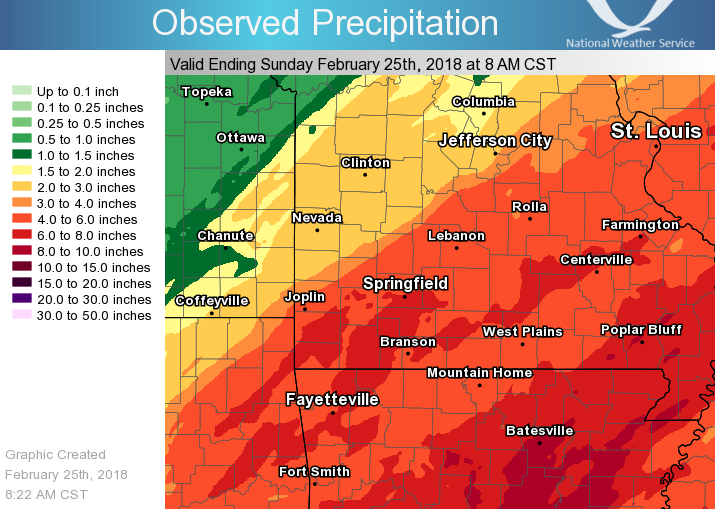
 The National Weather Service in Springfield, Missouri has canceled this evening’s Skywarn Storm Spotter class for Greene County and Springfield, Missouri because of the threat of icy weather.
The National Weather Service in Springfield, Missouri has canceled this evening’s Skywarn Storm Spotter class for Greene County and Springfield, Missouri because of the threat of icy weather.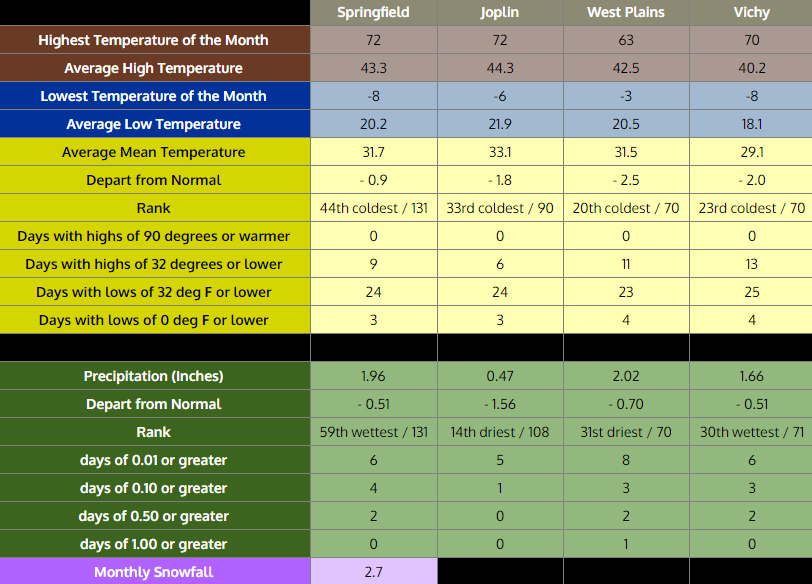
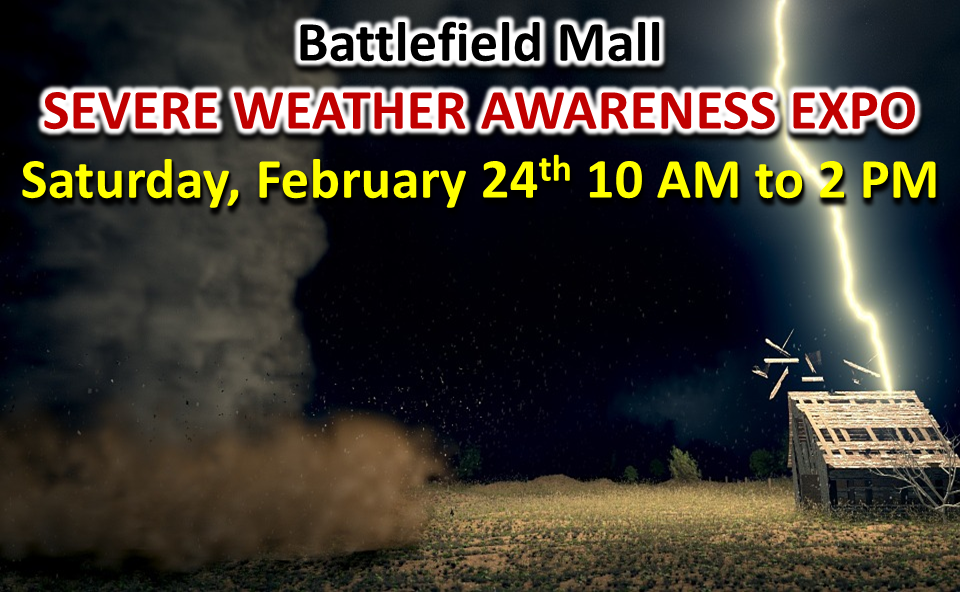
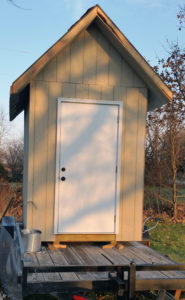 Getting the Buffalo Repeater moved to its new home on the KRBK television tower in Polk, Missouri continues to be a very long yet steady process, but we’re getting close! As you may remember from previous updates, the biggest delay in this project has been the need for us to construct our own “repeater shack” because we are unable to mount our equipment inside of the existing building at the tower site.
Getting the Buffalo Repeater moved to its new home on the KRBK television tower in Polk, Missouri continues to be a very long yet steady process, but we’re getting close! As you may remember from previous updates, the biggest delay in this project has been the need for us to construct our own “repeater shack” because we are unable to mount our equipment inside of the existing building at the tower site.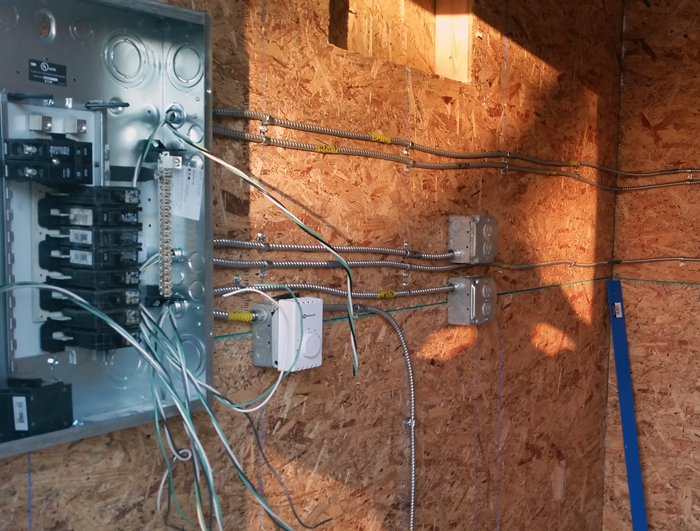
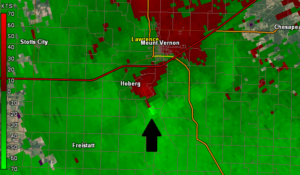 The National Weather Service in Springfield, Missouri is confirming that a brief EF-1 tornado touched down Sunday night near Mount Vernon and Hoberg, Missouri. The NWS storm survey reports the tornado hit about two miles southeast of Hoberg at about 8:04 p.m. and traveled for about one and a half miles on the ground. It was approximately 75 yards wide and had peak winds of nearly 95 miles per hour. Surveyors say four outbuildings, an irrigation system, two ski boats, and numerous trees were destroyed. Other minor damage occurred to a house and a larger outbuilding. No injuries were reported.
The National Weather Service in Springfield, Missouri is confirming that a brief EF-1 tornado touched down Sunday night near Mount Vernon and Hoberg, Missouri. The NWS storm survey reports the tornado hit about two miles southeast of Hoberg at about 8:04 p.m. and traveled for about one and a half miles on the ground. It was approximately 75 yards wide and had peak winds of nearly 95 miles per hour. Surveyors say four outbuildings, an irrigation system, two ski boats, and numerous trees were destroyed. Other minor damage occurred to a house and a larger outbuilding. No injuries were reported.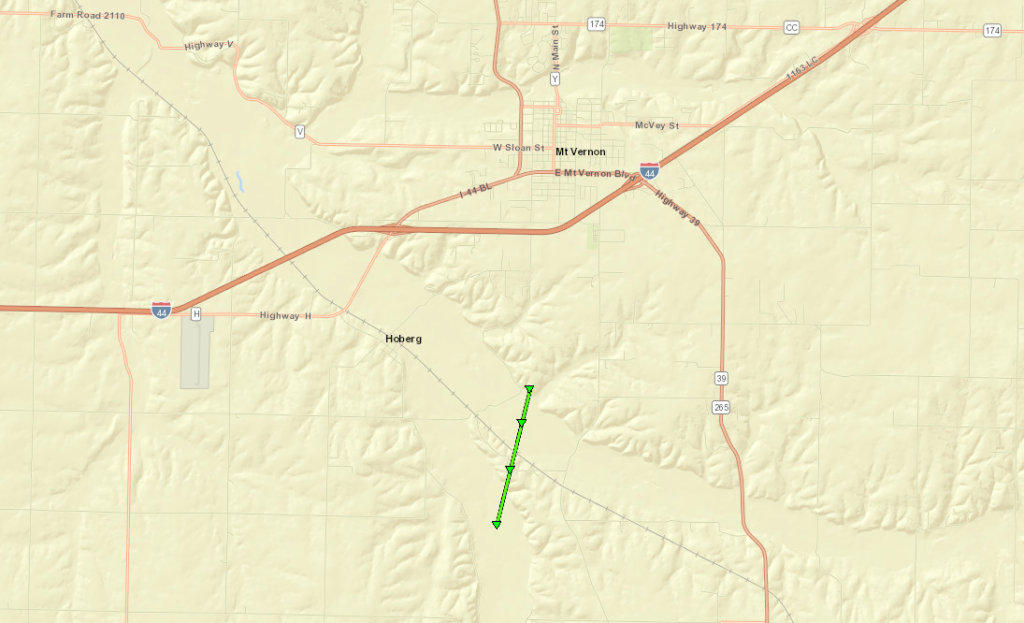
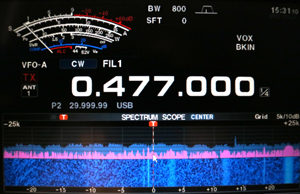 As we
As we 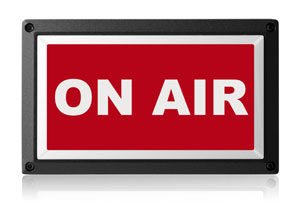 We are thrilled to report that the 145.49 MHz. repeater is back on the air today following a major antenna and coaxial feed line failure earlier this month. For the time being, we are using a temporary, bare-bones setup. It does work, and it will get the job done. EchoLink appears to be working as well, so the N0NWS-R EchoLink node should function properly with a few minor differences in sound quality.
We are thrilled to report that the 145.49 MHz. repeater is back on the air today following a major antenna and coaxial feed line failure earlier this month. For the time being, we are using a temporary, bare-bones setup. It does work, and it will get the job done. EchoLink appears to be working as well, so the N0NWS-R EchoLink node should function properly with a few minor differences in sound quality.